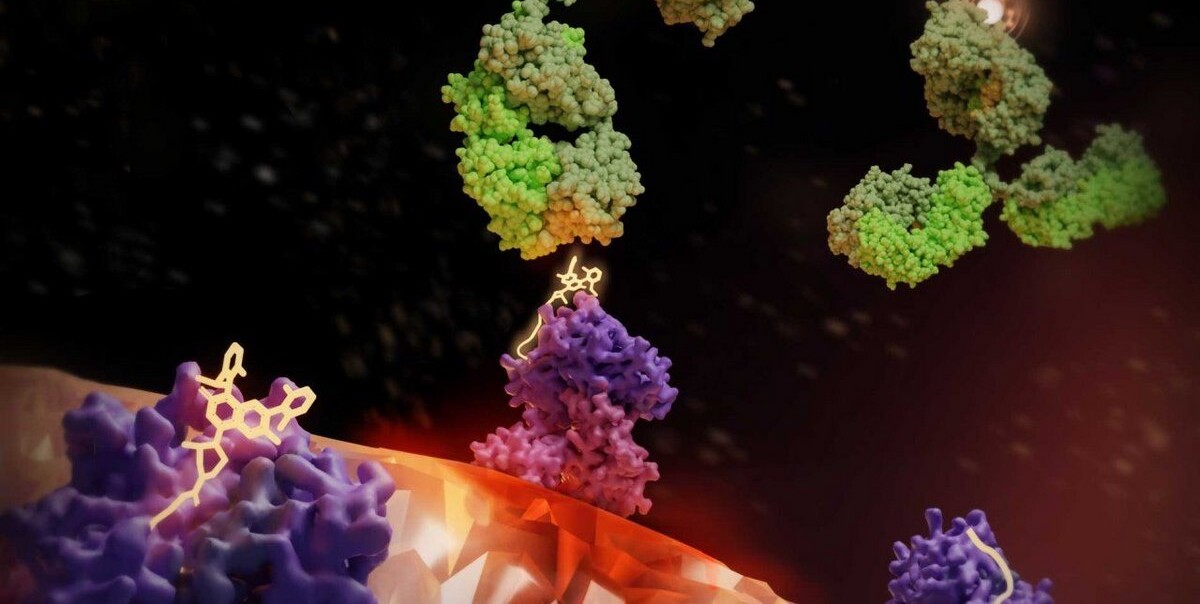Reviving Hope: How a Previously Failed Cancer Drug is Reimagined as a Targeting ‘Flag’ for Precision Cancer Treatments

Groundbreaking cancer research spanning over a decade is on the verge of revolutionizing radiation therapy, offering an innovative approach that could enhance treatment outcomes significantly. Scientists at UC San Francisco have made strides in targeting a notorious cancer driver, providing new hope for patients facing aggressive tumors. This discovery not only aims to improve existing therapies but also seeks to minimize the harsh side effects commonly associated with cancer treatments.
The Evolution of Cancer Treatment
In recent years, cancer therapies have undergone a remarkable transformation. Gone are the days when chemotherapy and radiation left patients feeling drained and vulnerable. Today’s advances emphasize precision and gentleness, focusing on enhancing survival rates while reducing harmful side effects.
- Cancer research has become:
- More precise
- Less harsh on healthy cells
- Innovative, exploring ways to revert cancer cells to normal
Targeting KRAS: A Major Breakthrough
The journey towards this novel treatment began in 2013 when researcher Kevan Shokat at UC San Francisco aimed to tackle the KRAS protein, a key player in tumor growth. KRAS mutations are implicated in nearly one-third of cancers, particularly in lung, pancreatic, and colon cancers.
Shokat’s work led to the development of a drug that specifically targets the mutated KRAS version, but early findings revealed that tumors could still re-emerge after KRAS proteins were lost.
A New Strategy: Combining Sotorasib and Radiation
In collaboration with Charly Craik, a professor of pharmaceutical chemistry, Shokat’s team has now utilized the FDA-approved drug sotorasib to mark KRAS-positive tumors. The innovative approach involves attaching a radioactive antibody to sotorasib, effectively guiding the treatment to the cancer cells.
“This is a one-two punch,” Craik remarked, emphasizing that this method could potentially eradicate tumors before they develop resistance to treatment.
Precision Radiation Dosage
An exciting aspect of this method is its ability to deliver a highly calculated and safe dose of radiation. Unlike conventional external beam radiation, this technique administers only the precise amount necessary to combat cancer effectively.
Personalized Treatment: The Future of Cancer Care
A significant challenge remains in customizing this treatment to individual patients, as each person’s cells may express sotorasib differently. However, the fact that sotorasib is already FDA-approved paves the way for quicker implementation in clinical settings.
The radioactive element in the antibody, zirconium-89, is already utilized in medical imaging, particularly in Positron Emission Tomography (PET) scans, showcasing the dual potential of this innovative approach.
Conclusion
As this promising research continues to unfold, it shines a light on the future of cancer treatment, combining the power of targeted therapies with innovative radiation techniques. Stay informed about the latest breakthroughs and advancements in cancer research, as they hold the key to transforming patient outcomes.
For more updates on cancer treatment innovations, check out our articles on the latest findings and approaches in the field.
